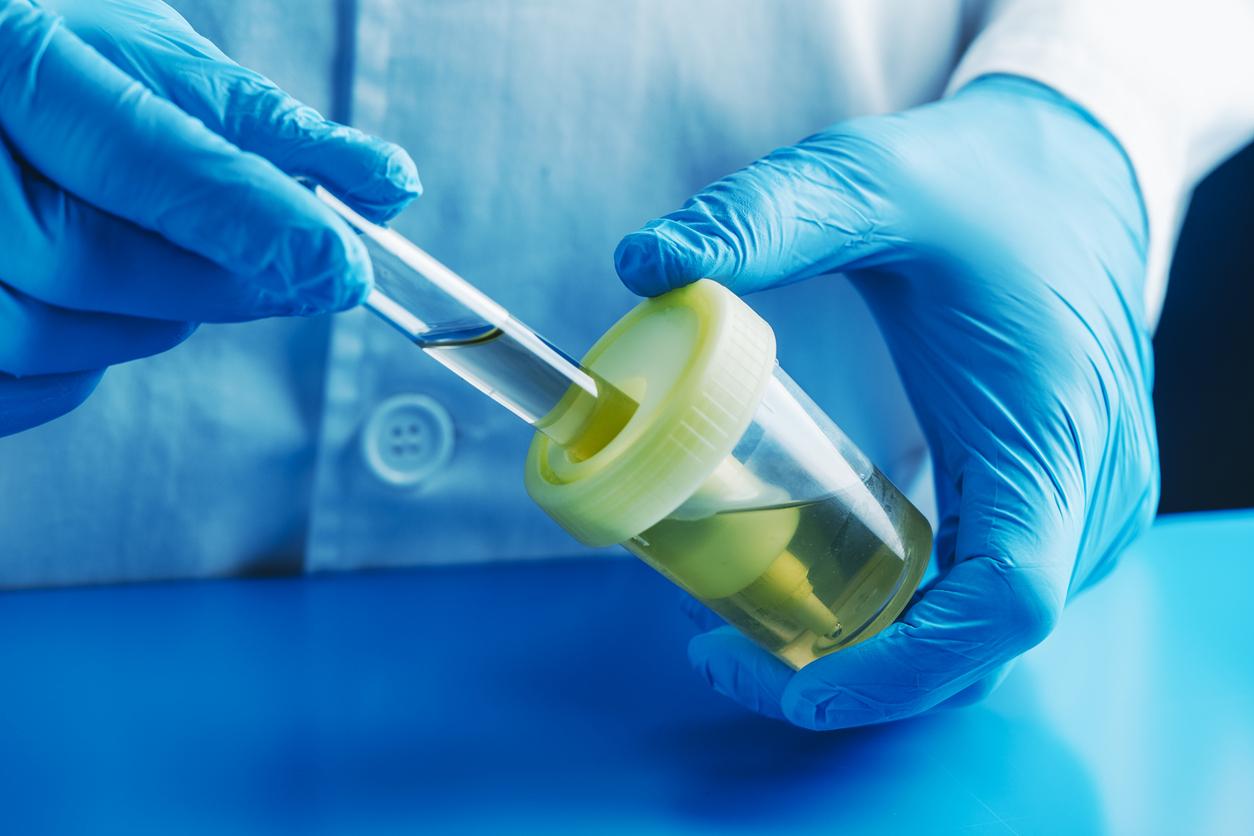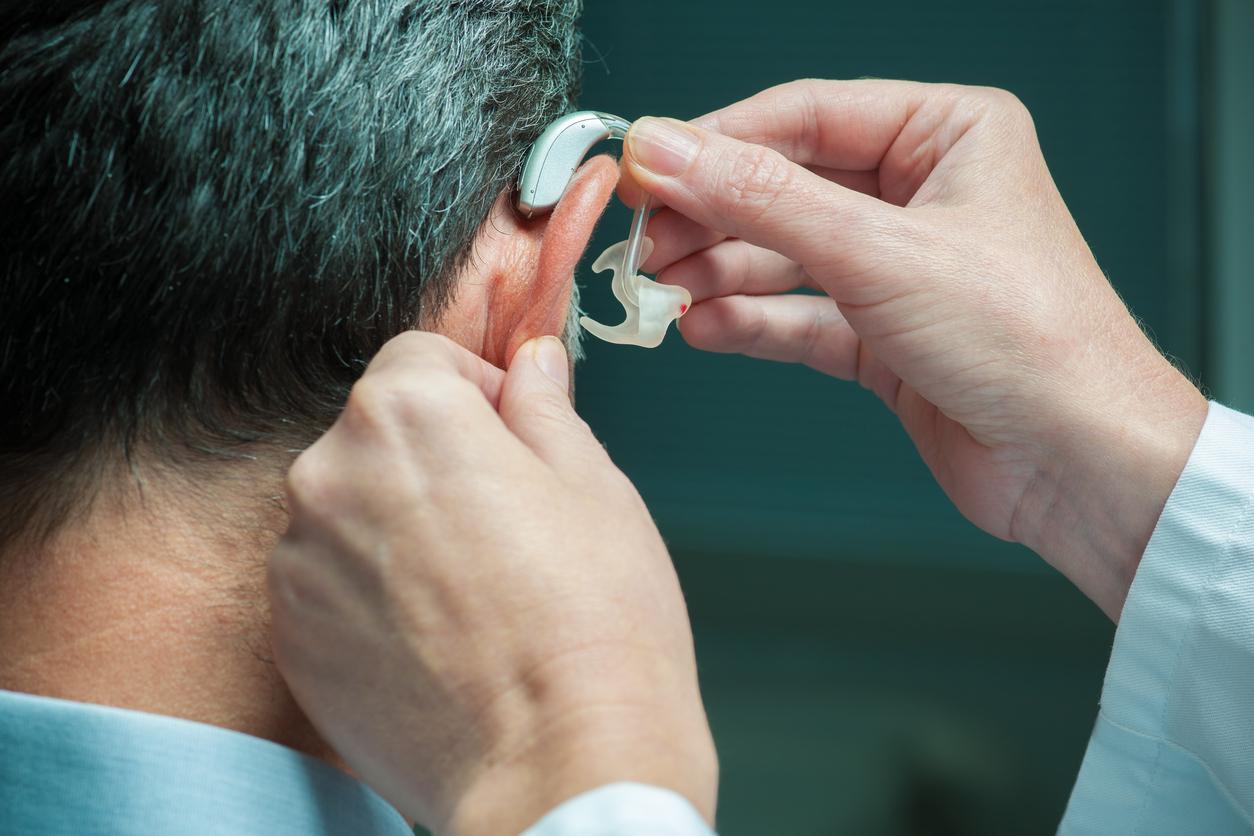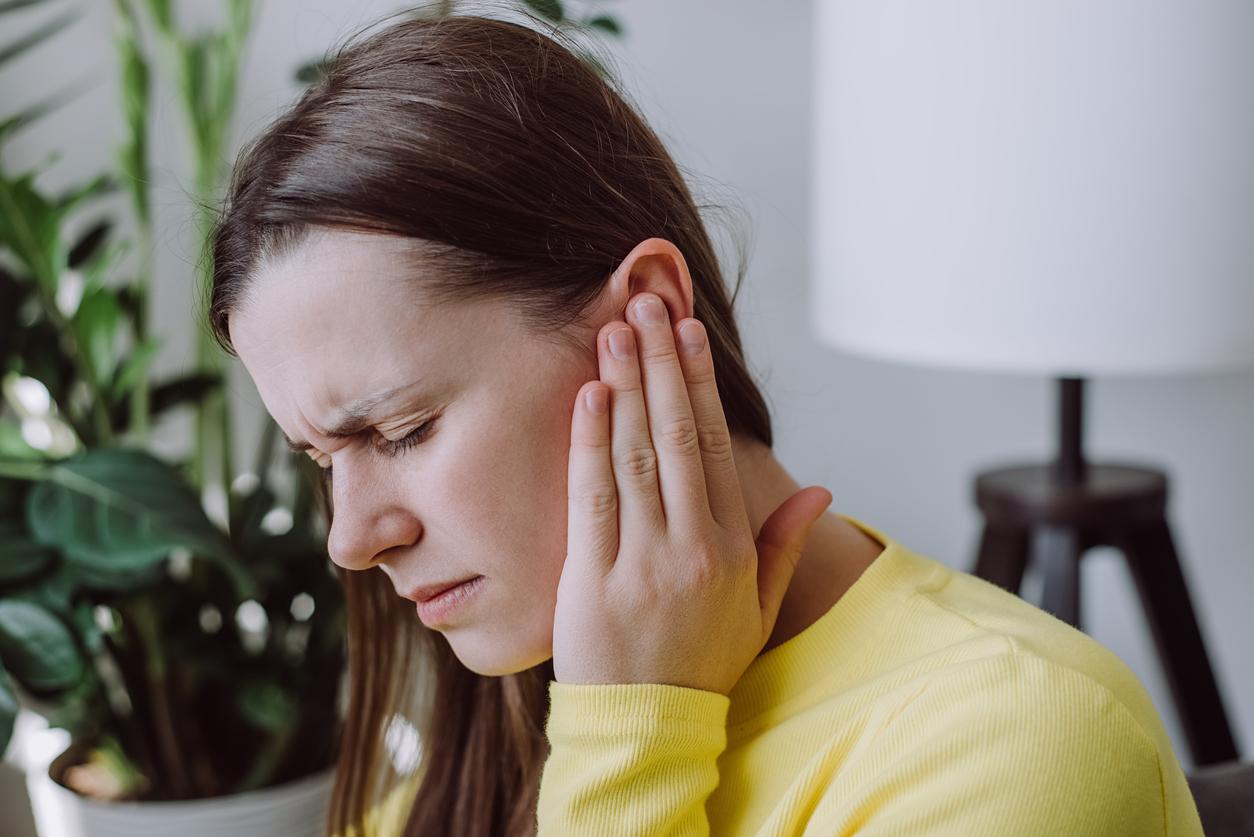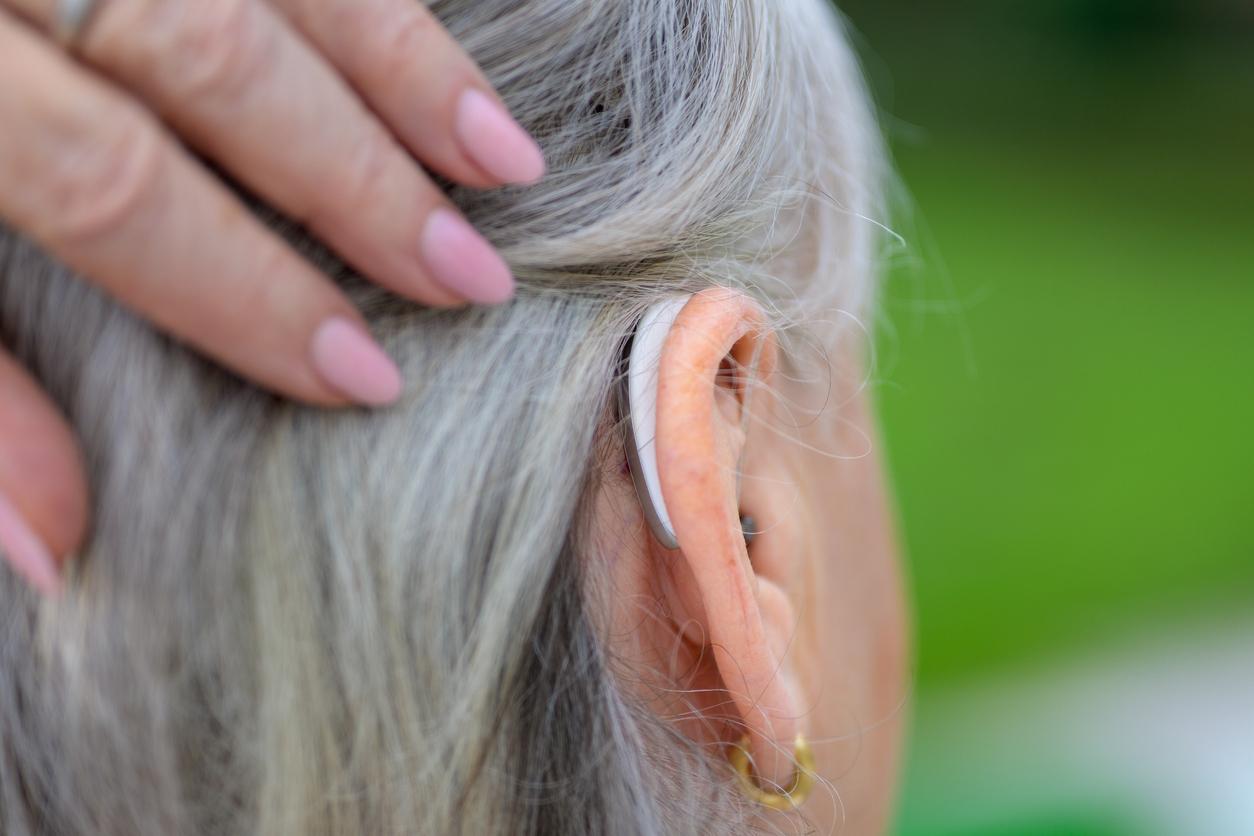
About purchase and maintenance
The Netherlands now has about 1.4 million hearing impaired people. About 650,000 of them use a hearing aid. But such a thing can break. Water, perspiration and dust are the most common enemies of hearing aids. Choosing the right appliance and proper maintenance ensure that you can enjoy it for longer.
Every year, approximately 200,000 . are used in the Netherlands hearing aids measured. Approximately 650.00 of the hearing impaired uses such a device (54 percent do not!).
Causes of hearing impairment
Hearing impairment can be the result of a family predisposition, illness or accident, prolonged exposure to noise or ageing. However, having hearing problems is no longer just something for the elderly. The number of hearing-impaired young people is also increasing hand-over-hand, partly due to the frequent use of MP3 players and clubbing. The Center for Media & Health estimates that about 450,000 outgoing young people between the ages of 16 and 30 suffer from permanent hearing damage.
Moisture
It seems logical that once you have a hearing aid, you wear your hearing aid every day. Most people do, but there are certain situations where people take their hearing aids off. For example, recent research shows that 90 percent of hearing impaired people remove their hearing aids during water activities and sports such as mountain biking, cycling and cycling. to run. The hearing aid often switches off even when taking a shower or during a heavy rain shower. Not surprising, because moisture is one of the biggest enemies of a hearing aid; whether that is perspiration, chlorine or shower water.
Like other electrical devices, most hearing aids can therefore be damaged by moisture; although there are already devices on the market that are water resistant. Since a hearing aid is worn on or in the ear, you can never completely avoid getting it wet. After all, sweating is human. Moreover, nature is unpredictable: you can always be caught by a rain shower.
As mentioned, some new hearing aids can withstand water. For models that have more difficulty with moisture, special drying products are available, such as active drying systems, drying capsules and drying pads, which you can use to prevent damage to the hearing aid. You can simply get these at the drugstore or the hearing care professional.
With such a drying system, you place the hearing aid in a container before going to bed. You open the battery door of the hearing aid, so that the moisture can escape more easily. This applies to both behind-the-ear and in-the-ear hearing aids.
Filters
Hearing aids are fitted with filters for the microphone openings or filters for the loudspeaker units of the hearing aids whose loudspeaker is located in the ear canal. These must be replaced regularly.
earmold
Special cleaning agents are also available for the earmold. A channel is drilled through the earmold to conduct the sound into the ear. This canal can become blocked by earwax. That is why it is very important to clean the earmold regularly. Because such an earmold does not contain any mechanical parts, you can clean it separately from the hearing aid. Be careful not to confuse the left and right hearing aids.
With a cleaning container and capsules you can optimally maintain your earmold. When you have filled the cleaning container with water and a cleaning capsule, place the earmold in the liquid for about 15-20 minutes. But you can also leave the earmold in the liquid overnight. Then rinse it thoroughly with water and dry it with a towel. You can use a hair dryer to dry the holes. No cleaning fluid should remain in the tube and the holes in the earmold. Do this every week, or more often if necessary. In addition, your hearing care professional will regularly clean the earmold in an ultrasonic bath.
Heat and dogs
Of course, cleaning and drying alone is not enough. Some ‘maintenance tips’ for daily use:
- Avoid bumping or falling. Stand or sit over a soft surface when putting the hearing aids in or out.
- Protect your hearing aids from heat. Protect them from direct sunlight (at home and in the car) and do not leave them near a radiator.
- Keep hearing aids out of the reach of children and pets. Dogs become irritated by the whistling sound and are attracted to the smell of the wearer, which makes them prone to eat the hearing aids. The hearing aid battery can be harmful if swallowed and of course it is not beneficial for the hearing aid.
- Avoid contact with makeup or hairspray. The fine particles of makeup or hairspray can easily block the microphone opening. Do not put hearing aids in until after your daily routine.
- Make sure the ears are always clean. If a hearing aid sounds too soft, the sound outlet or filter may be clogged with wax or debris.
- Store hearing aids in the designated box or in a special dry box when not in use. Remove the batteries when not in use for a long time.
Always have repairs carried out by an expert.
Customized device
If you are a fan of sports or, for example, work in a dusty environment, it is wise to consult your hearing care professional before purchasing the hearing aid. For example, there are devices that are extra shock-resistant or have a seamless housing to prevent dust. In addition, there are, for example, clips to keep the device in place and the materials of the various devices differ. With good advice you can be sure that the device is exactly tailored to your daily activities and you do not have to take it off at work, at the beach or during a (ski) holiday.
Sources:
• The Hearing Aid Market, NVAB, April 2011
• Hearing Netherlands, TNS NIPO, 2010
• Aquaris Survey USA, Siemens, June 2011
• MarkeTrak VIII, S. Kochkin, June 2011
• Siemens















